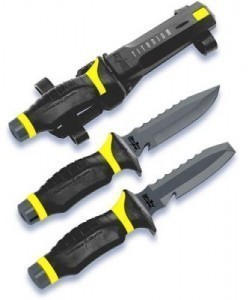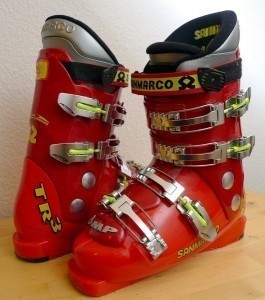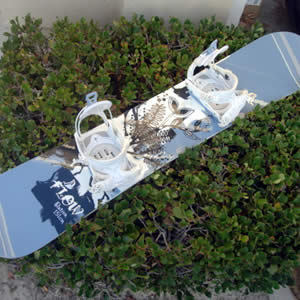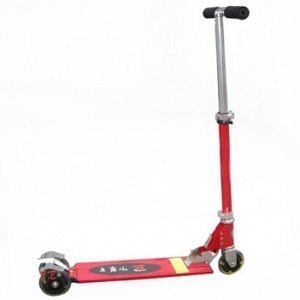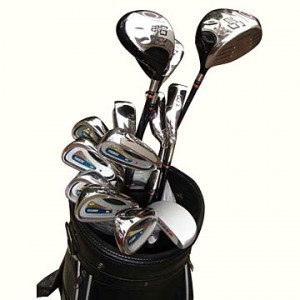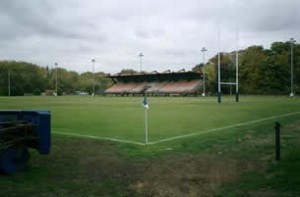Baseball Home Plate Dimensions
The baseball home plate dimensions are 17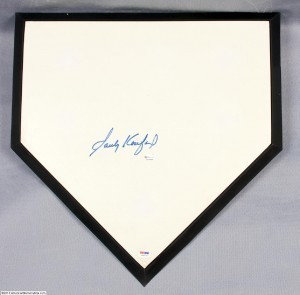 inches by 8 1/2 inches by 8 1/2 inches by 12 inches. The shape is somewhat like a pentagon. The 17 inch width is the one facing the pitcher. Along the sides are lines that go down and join at the end. Each line is a foot long.
inches by 8 1/2 inches by 8 1/2 inches by 12 inches. The shape is somewhat like a pentagon. The 17 inch width is the one facing the pitcher. Along the sides are lines that go down and join at the end. Each line is a foot long.
Other Facts about the Home Plate
The home plate is comprised of whitened rubber. It was Robert Keating of the 1887 Baltimore Orioles who decided to use rubber. Prior to his innovation, wood, stone and even iron were used. At the back of the home plate (about 100 ft away) is the backstop. Its purpose is to prevent foul balls, wild pitches and passed balls.
There is also a netting included on the backstop. This is used to protect the people watching. While the baseball home plate dimensions is the same for recreational and pro baseball, chain linked fences are usually included in the former.
Use in Play
To keep runners from scoring, the catcher covers the home plate. If the bases are full, the catcher just has to touch the plate before the runner gets onto it. Teams often use wide bodied players as catchers to keep runners from scoring.
Dimensions of the Baseball Field
To get a better appreciation of how the home plate fits into play, knowing the size of the baseball field will help. The field is shaped like a diamond with each side 90 ft long. From the home plate to 2nd base, the distance is 127 ft, 3 3/8 in. This is the same distance from the 1st to 3rd base.
Canvas bags are set on the bases. The bags measure 15 sq in. These measurements cannot be changed. Even the slightest variations on the baseball home plate dimensions are not allowed either.
Fences and the Picher’s Mound
The fences around the field vary among the stadiums. Many range from 200 to 400 ft if measured from the home plate. The pitcher’s mound meanwhile, is 6 inches from the front to back. The mound is 2 feet across.
The front is 60 feet from the rear of the home plate. The edge of the pitcher’s plate is 18 inches behind the center of the mount. The center point is 60 ft 6 inches. According to the rules, the rubber cannot exceed 10 inches. Before 1903, the mound measurements varied from 13 to 20 inches. The slope measures 6 inches.
Variations
It should be noted that the home plate and mound distance in Little League Baseball is 46 inches. In other leagues, the distance is 48 inches. It should also be stressed that the pitching mound dimensions have been changed several times.
While the distance now is 60 ft 6 inches, it wasn’t always the case. In the past, the distance was 45 ft. Around the 1880s the distance was changed to 50 feet. The size was changed a few more times before it became 60 ft 6 inches.
Unlike the baseball field itself, the baseball home plate dimensions have remained constant. Although the rules of the game are always being reviewed, it is unlikely the home plate will be changed.
